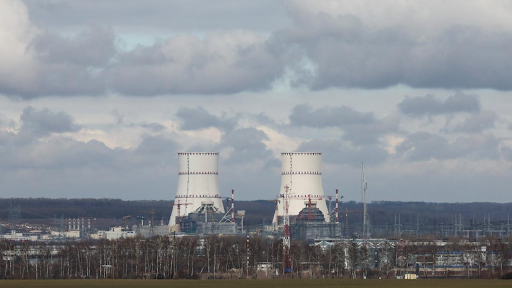



Uranium enrichment uses centrifuges to separate U-235 from U-238 by spinning uranium hexafluoride (UF6) gas at high speeds. Lighter U-235 stays near the center, while heavier U-238 moves outward. UF6 is ideal due to its phase flexibility. High-strength materials like carbon fiber ensure centrifuge durability at extreme speeds.

Copyright infringement not intended
Picture Courtesy: THE HINDU
Centrifuges enrich uranium by separating U-235 from U-238 by using centrifugal force.
The enrichment centrifuge is a device used to extract uranium-235 isotope from a sample of natural uranium. U-235 is fissile and thus useful to generate nuclear power and to build nuclear weapons.
Natural uranium consists of 99.3% U-238 and 0.7% U-235. Nuclear power reactors need the uranium fuel to contain 3-20% U-235, depending on the reactor design. Nuclear weapons need U-235 to be enriched to around 90%.
Scientists use uranium hexafluoride (UF6) because it is the only uranium compound that can easily transition between solid, liquid, and gas states under practical conditions.
UF6 is heated to become a gas and then fed into the centrifuges. Its gaseous form allows the centrifuge to separate U-235 from U-238 based on their mass differences.
|
Engineers construct the spinning part of a centrifuge using lightweight yet strong materials like carbon fiber to ensure the centrifuge can withstand extreme rotational speeds without disintegrating. |
Must Read Articles:
Source:
|
PRACTICE QUESTION Q. Which type of nuclear reactor is designed to produce more fissile material than it consumes? A) Pressurized Heavy Water Reactor (PHWR) B) Fast Breeder Reactor (FBR) C) Boiling Water Reactor (BWR) D) High-Temperature Gas-Cooled Reactor (HTGR) Answer: B Explanation: Fast Breeder Reactors utilize fast neutrons to convert fertile material, such as Uranium-238, into fissile material like Plutonium-239, effectively producing more fissile material than they consume. This enhances the sustainability of nuclear fuel resources. |











© 2025 iasgyan. All right reserved